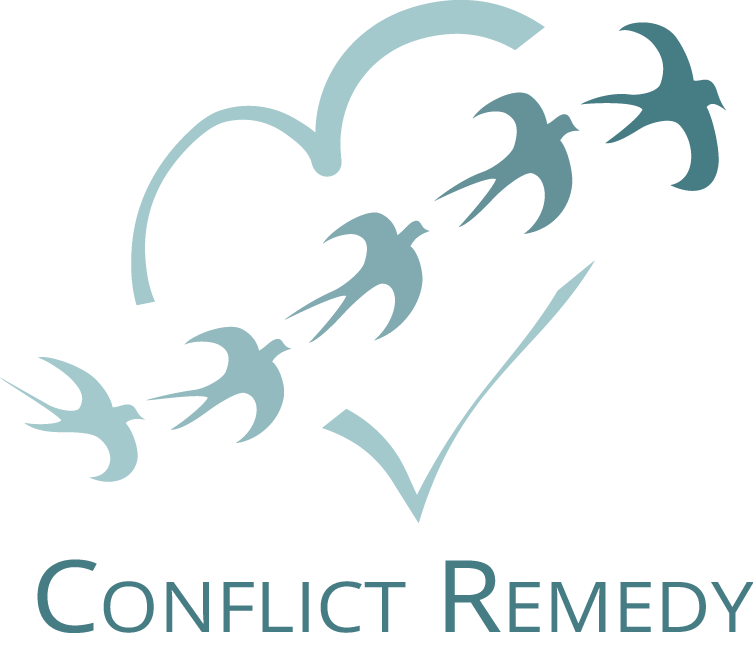Nonverbal communication is important for difficult conversations (and autonomous cars). Whenever I teach conflict and communication skills classes or coach someone, I always include the important role nonverbal communication plays.
What’s so important about nonverbal communication anyway?
Nonverbal communication includes body language, gestures, facial expressions, and tone. Albert Mehrabian did a famous study in the 60s about the varying importance of these three different aspects for communication. His findings, which have been confirmed since, indicate that, when words, tone, and nonverbals don’t match, people interpret meaning most from body language and facial expressions, followed by tone, and lastly the actual words used.
Autonomous cars can’t do non verbal communication.
I was reminded of how important non verbal communication is for our human understanding when I read an article recently about autonomous (self-driving) cars. Apparently, at this point the most difficult part of having the cars function well on the road is figuring out ways to substitute for all the nonverbal communication that happens between different drivers and between drivers and pedestrians. For example, before entering the crosswalk, as a pedestrian I will make eye contact with the driver and make sure they see me. When cars approach a stop sign at the same time, they signal each other about who gets to go first.
Driverless cars don’t have faces.
The driverless cars don’t have faces and hands, so they’re working to develop alternative ways that the cars can signal their intention and graciously yield to others.
So cars aside, why is non verbal communication so important in managing conflict?
I worked recently with a corporation (all details changed) where there’s been quite a bit of friction between one of the department heads, John, and Rebecca, one of the employees in his group. Rebecca has a lot of resentment towards what she perceives as unfair treatment by John, and a lot of judgments about his leadership style. She believed she was behaving in a completely professional way, but didn’t realize how her tone, expression, and negative attitude were more powerful than her words, and she came across as angry, critical, and grudging.
Although the goal was to help her communicate better with John, I generally find it most effective to coach people individually first, to help them become aware of what’s going on inside and what energy they are projecting.
So how can you change the message of your non verbals?
With Rebecca, I brought her non verbal communication gently, to her attention, supporting her to become conscious of her resentments, and then heal and release them. Then, we rehearsed possible situations and she practiced having her nonverbal communication matched her intent and the words she used. Recognizing her part in their miscommunications and dealing with her resentments helped her be clear and calm in their communication and was a big step towards improving their relationship.
 Lorraine Segal: As a teacher, trainer, consultant, and coach, I am passionately committed to helping people in organizations and companies learn skills to release conflicts and misunderstandings, communicate better, heal from bullying, and create a more harmonious and productive workplace. I teach communication, bullying awareness, and conflict management skills at Sonoma State University and online, and create customized programs for businesses, non profits, and the public sector, as well as working with individual managers and employees.I am also a consultant and trainer for County of Sonoma. For more information about how we might work together, or to request a free short consult or a full session, visit ConflictRemedy.com
Lorraine Segal: As a teacher, trainer, consultant, and coach, I am passionately committed to helping people in organizations and companies learn skills to release conflicts and misunderstandings, communicate better, heal from bullying, and create a more harmonious and productive workplace. I teach communication, bullying awareness, and conflict management skills at Sonoma State University and online, and create customized programs for businesses, non profits, and the public sector, as well as working with individual managers and employees.I am also a consultant and trainer for County of Sonoma. For more information about how we might work together, or to request a free short consult or a full session, visit ConflictRemedy.com

